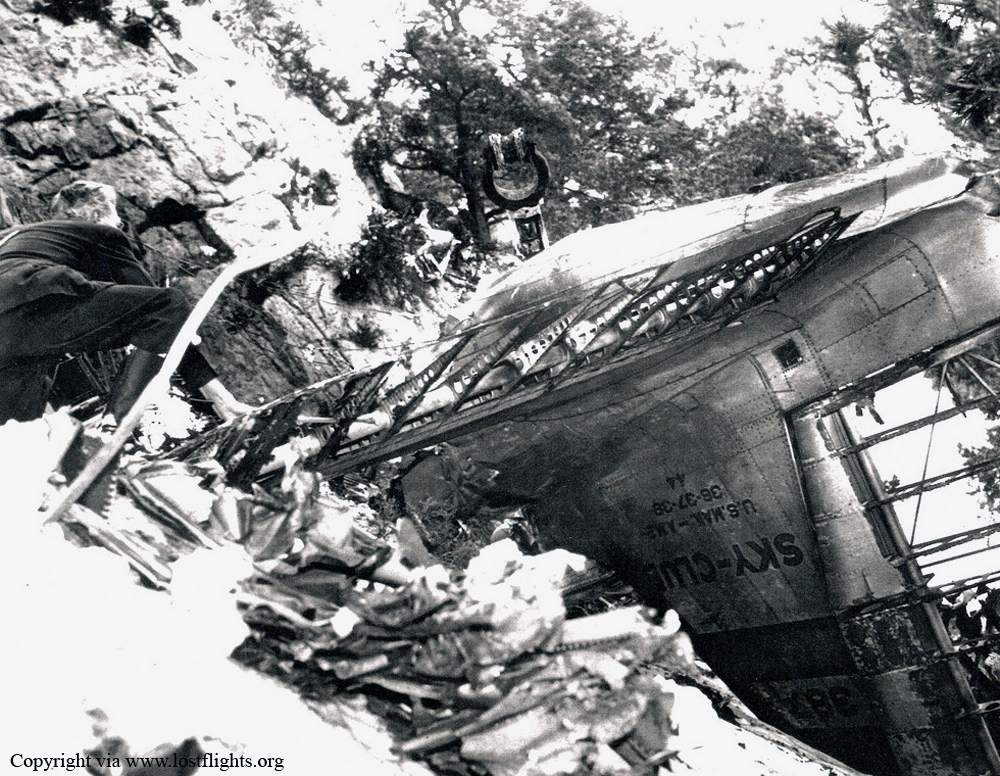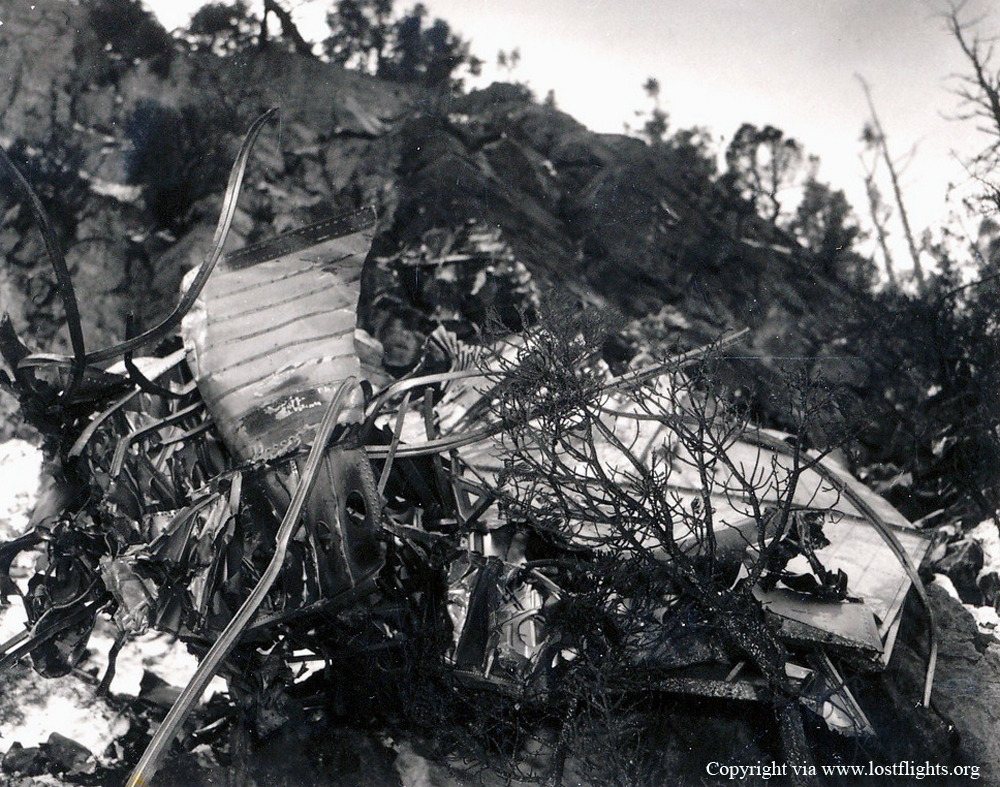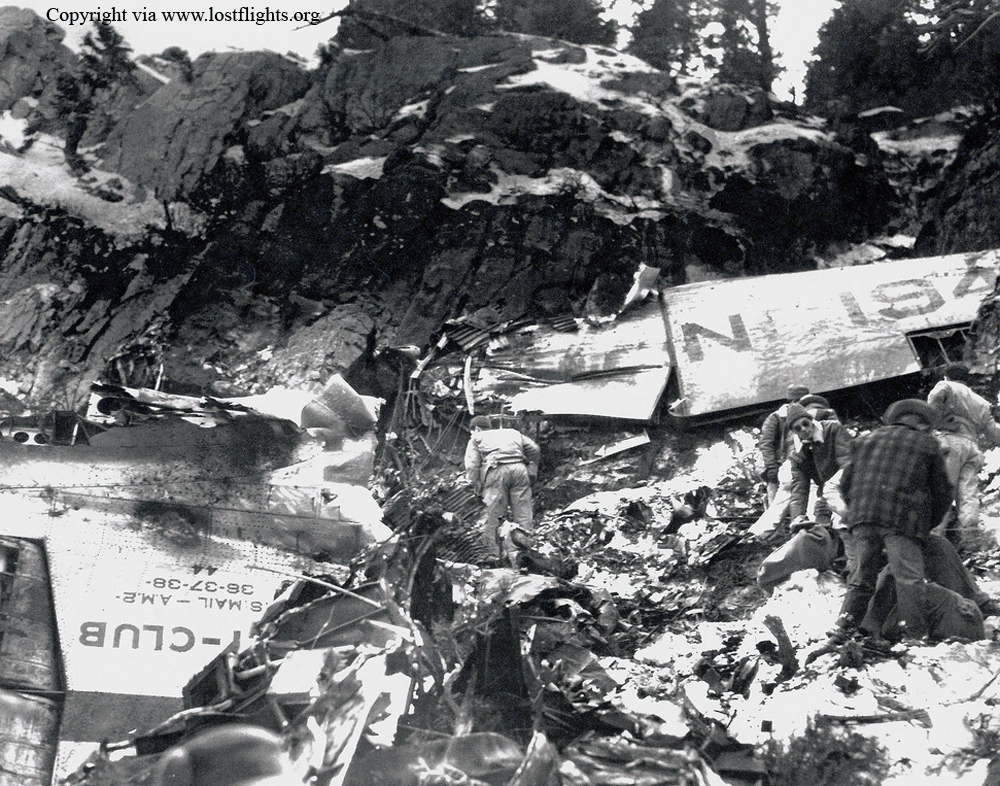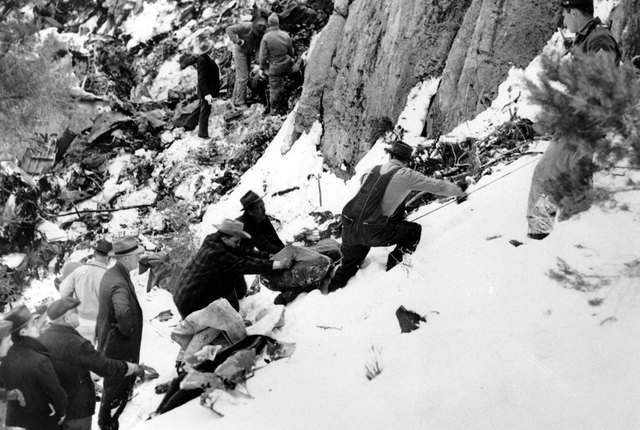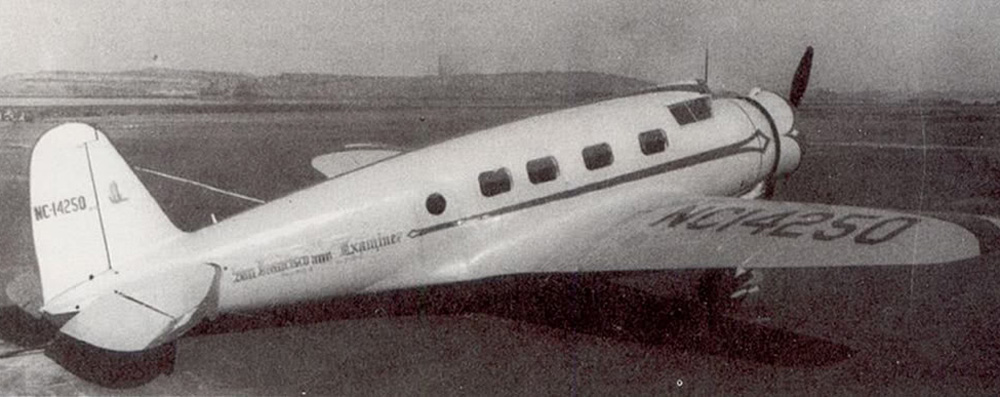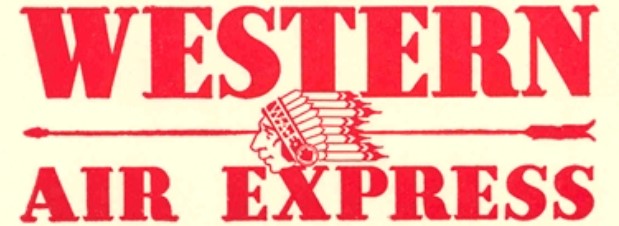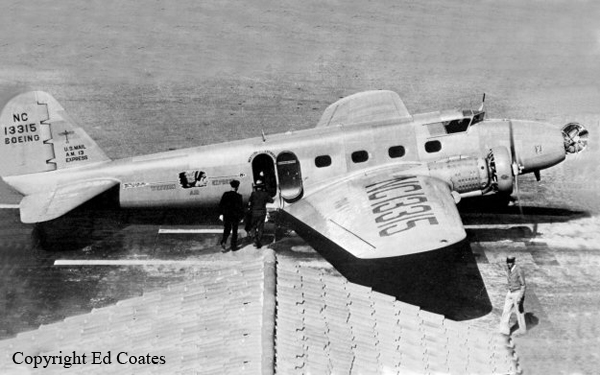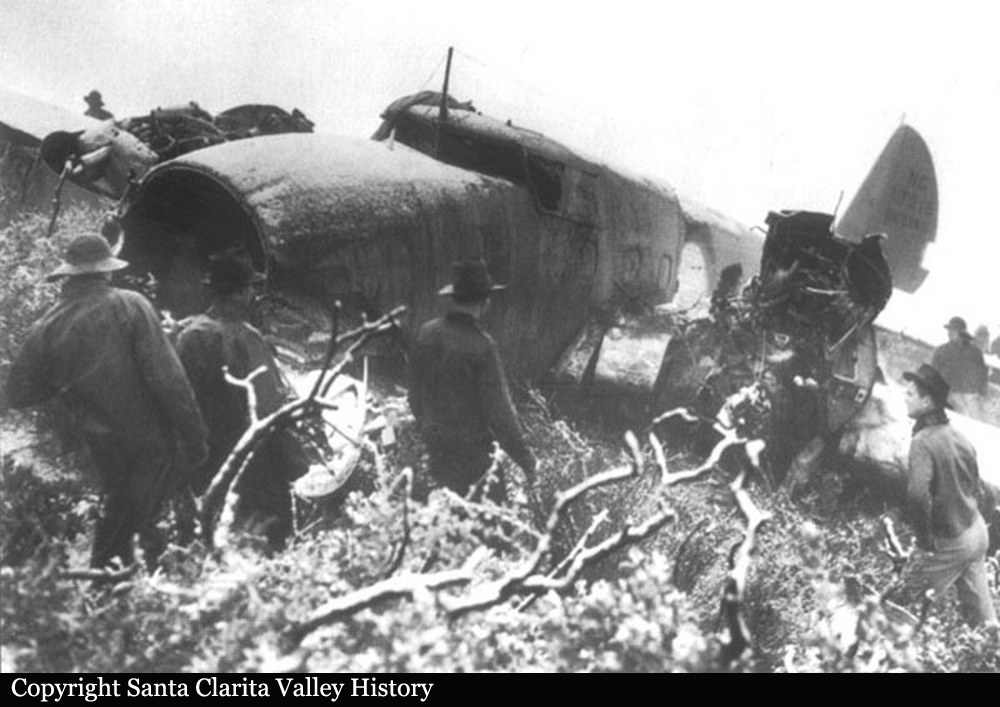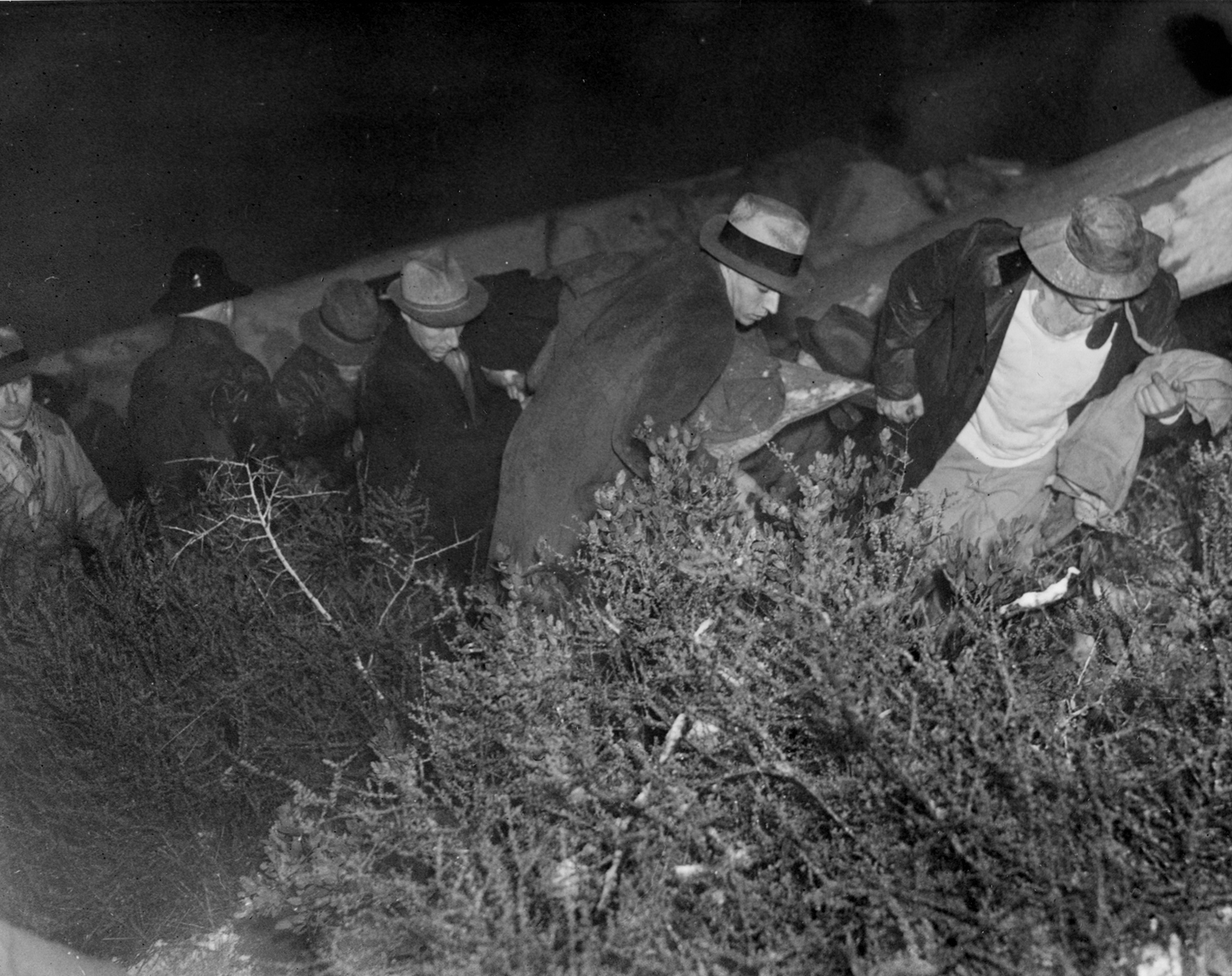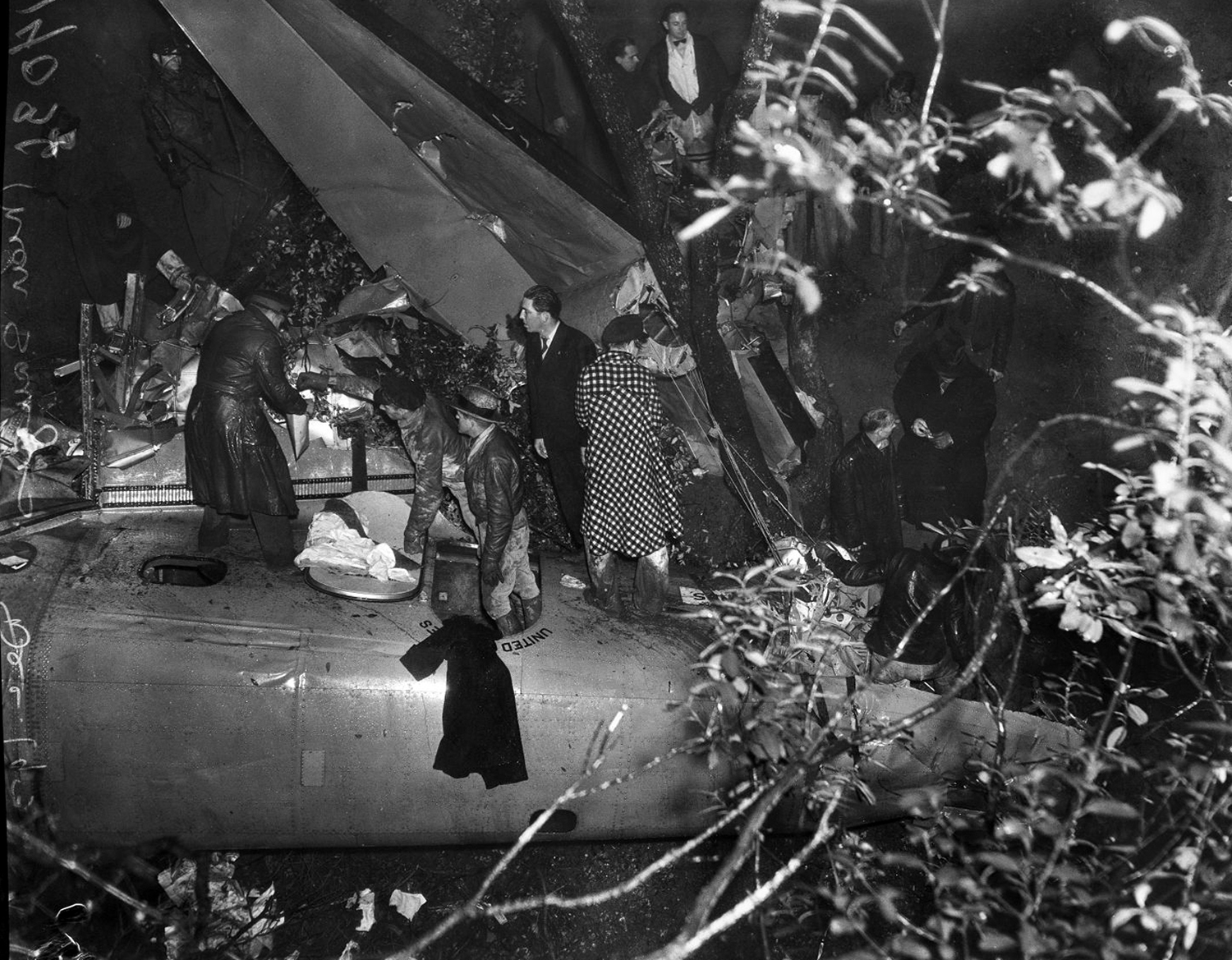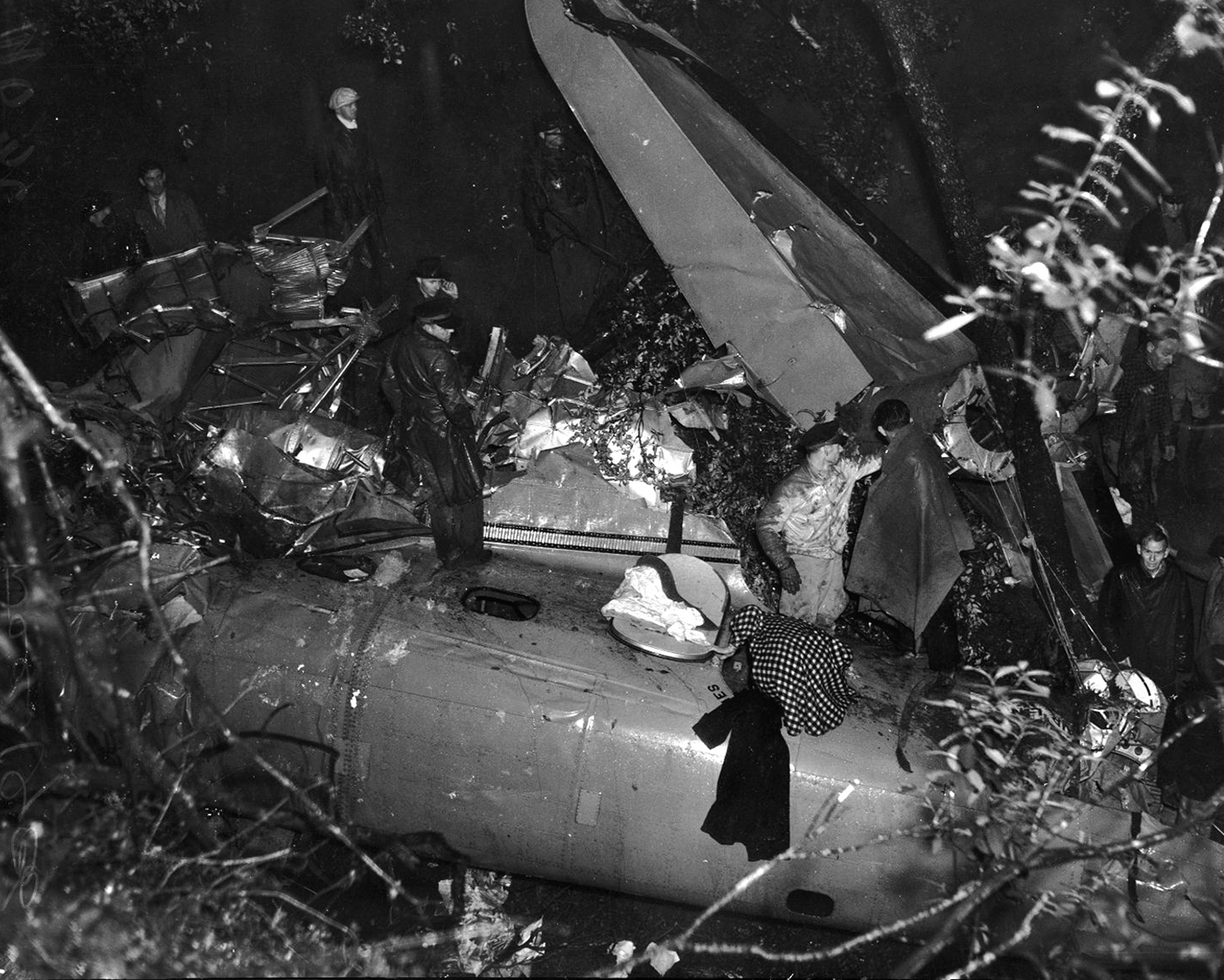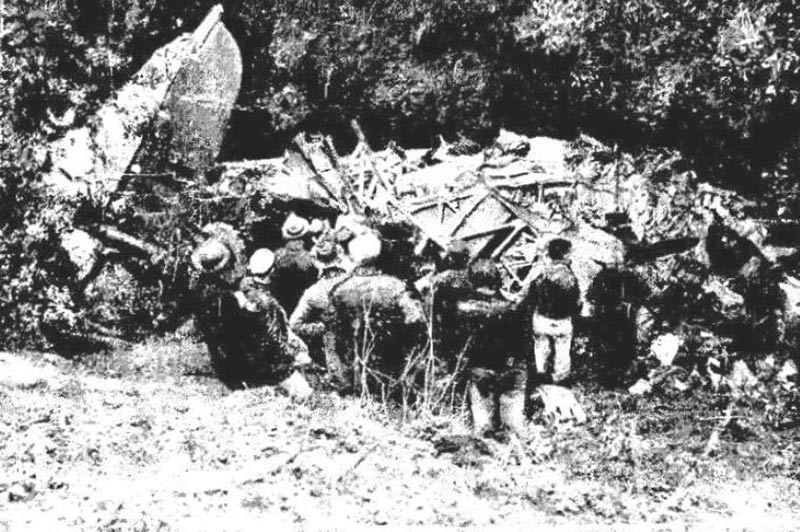Crash of a Lockheed A-29A Hudson in Canoga Park:1 killed
Date & Time:
Feb 20, 1942
Registration:
41-37029
Survivors:
No
Schedule:
Burban
MSN:
414-6518
YOM:
1942
Crew on board:
1
Crew fatalities:
Pax on board:
0
Pax fatalities:
Other fatalities:
Total fatalities:
1
Circumstances:
The twin engine airplane was engaged in an acceptance flight prior to be delivered to the Royal Air Force with registration FH228. After leaving Burbank Airport, it went out of control and crashed in unknown circumstances in Canoga Park. At least one crew member was killed.
Crew:
Frank S. Dace, pilot.
Crew:
Frank S. Dace, pilot.



